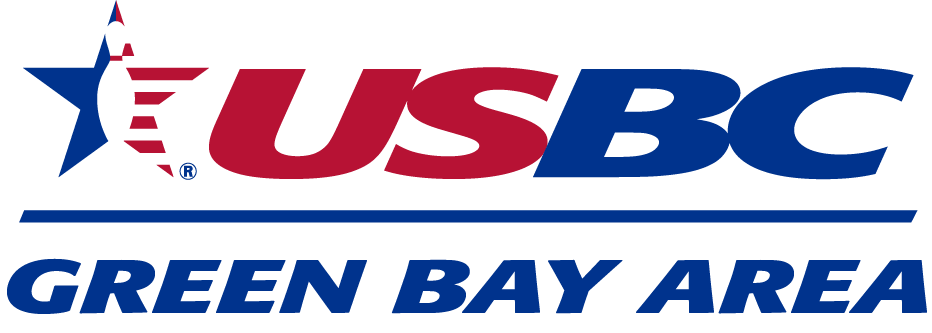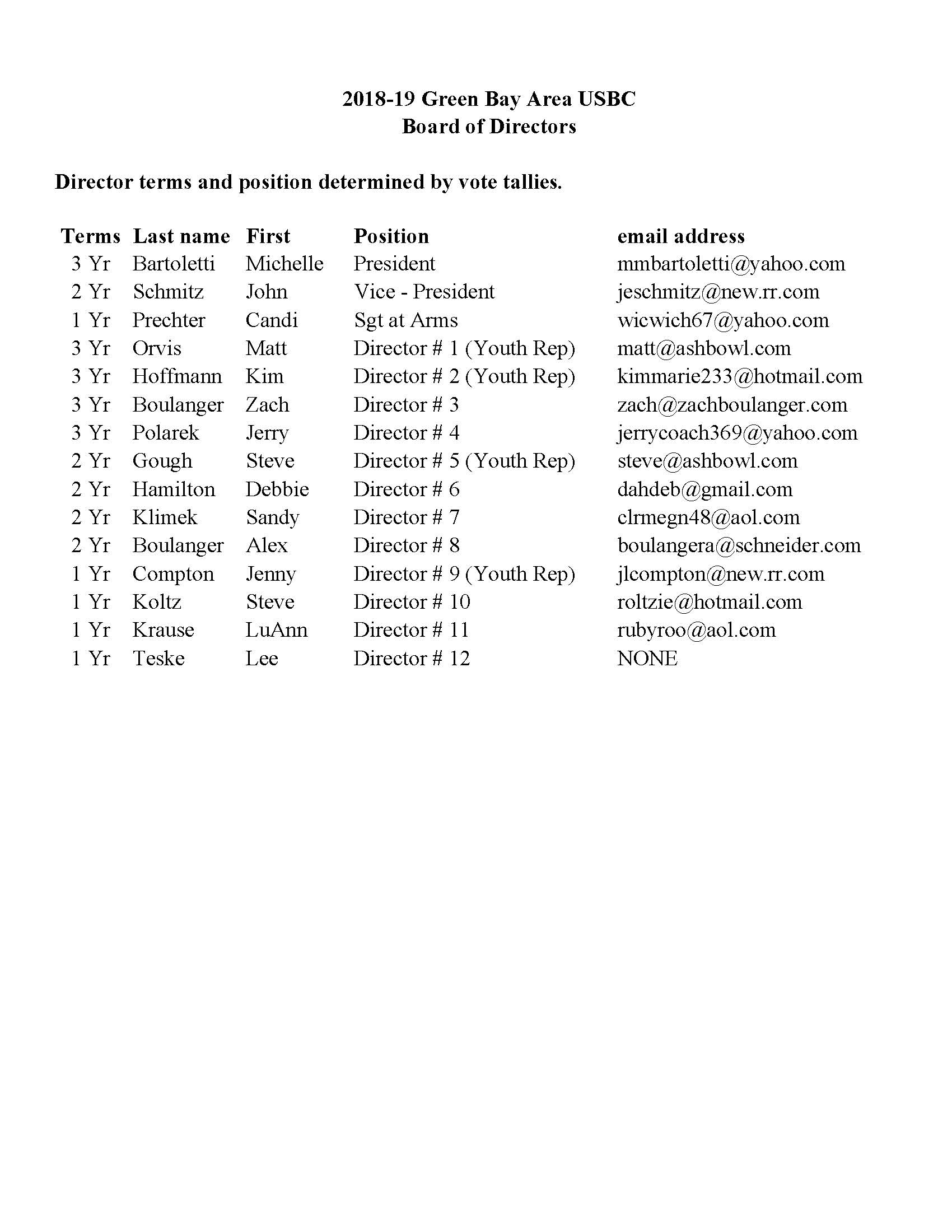Note: Below is a copy of the press release the USBC put out in regards to new ball specifications that will take effect in 2020. I was at the seminar when this was announced where a lot of information was shared into the research and reasoning during the USBC National Convention. Feel free to send me a message with any questions, I'll get back to you as soon as I can.
A video with a summary of the research presented is available below as well.
- Zach Boulanger
Association Manager
GBBA USBC BA
ARLINGTON, Texas – Following three years of research on how technology has affected the sport of bowling, the United States Bowling Congress Equipment and Specifications Committee has established new specifications designed to sustain the playing field both currently and in the future.
The new specifications, which will be implemented over the course of the next two seasons, were announced at the USBC Convention in Reno, Nevada.
“Technology impacts every sport, but it is our role as the National Governing Body to ensure the skill of the competitors on the lanes remains the deciding factor,” said Andrew Cain, chair of the USBC Equipment and Specifications Committee. “The research presented revealed the impact technology has made on the sport’s playing environment and the committee determined there was a need to enact these specifications.”
A new specification has been established for the oil absorption rate of bowling ball coverstocks, the first time such a specification has been set, and a specification to eliminate balance holes while increasing static weight allowances also has been approved.
In addition, new rules will be put into place to allow only a dry towel to be used to clean bowling balls during competition and to keep bowlers from changing the static weight (i.e. drilling grip holes deeper) of bowling balls during competition.
“The diligent work of the USBC Equipment Specifications and Certifications team spurred discussions in several areas and the committee made decisions that are needed to protect our sport’s future,” USBC President Frank Wilkinson said. “Technology will continue to push the boundaries and we will continue to analyze every aspect to make certain we are doing what’s in the best interests of bowling and our members.”
The new oil absorption specification for bowling ball coverstocks will require that for a new ball to be approved, submitted ball samples cannot have a rate of oil absorption under 2 minutes and 15 seconds (2:15), and must adhere to the 0.6% non-conformance rate.
The initial step on the oil absorption specification will begin Aug. 1, 2018, when bowling ball manufacturers are required to submit oil absorption data as part of the USBC bowling ball approval process. Manufacturers have been provided a standard operating procedure (SOP) to determine oil absorption rates.
The specification requiring a bowling ball’s oil absorption rate to be more than 2:15 for the ball to be approved will take effect Aug. 1, 2020. Also, any ball models tested where the average oil absorption rate is under nine minutes and 30 seconds (9:30) will require additional balls to be tested.
The specification eliminating the use of balance holes will go into effect Aug. 1, 2020. Balance holes, also known as weight holes, are meant to correct static imbalance in bowling balls, but more recently have been used to change the design intent of balls. By allowing bowling balls (for balls weighing more than 10 pounds) to have up to three ounces of static side, thumb and finger weight – which is up from one ounce – and up to three ounces of top weight, there no longer will be the need for a balance hole to correct static imbalance in the typical ball layout.
The specification increases in static weights take effect Jan. 1, 2020, which will allow bowlers the opportunity to plug balance holes prior to the elimination of balance holes starting Aug. 1, 2020.
With the elimination of balance holes, bowlers may have up to five holes for gripping purposes and all gripping holes must be used on every delivery.
The change allowing only a dry towel to clean bowling balls during competition becomes effective Aug. 1, 2019. It eliminates the use of liquid cleaners of any kind during competition, which aligns with other changes to ensure equipment is not manipulated during competition. The change prohibiting a bowler from adjusting static weight during a competition by drilling grip holes deeper goes into effect Aug. 1, 2020.
It is important for bowlers to understand the specification for oil absorption will not eliminate any bowling balls from competition, as all current balls will be grandfathered in. Bowlers also should be aware that because the increase in static weights starts Jan. 1, 2020, they will have seven months to have any balance hole plugged so they will be in compliance when the specification eliminating balance holes starts Aug. 1, 2020.
The Equipment and Specifications Committee has delegated authority from the USBC Board to make changes to equipment specifications. The USBC Board fully supports the direction and action taken by the Equipment Specifications Committee.
USBC will conduct a media-only teleconference on Tuesday, April, 24 at 8 p.m. (Eastern) with Equipment Specifications Committee members and USBC staff. To participate in the conference call, media members can email terry.bigham@bowl.com with their name and affiliation for call-in instructions.
Visit BOWL.com/EquipAndSpecs for USBC’s research and more about the specification changes.



